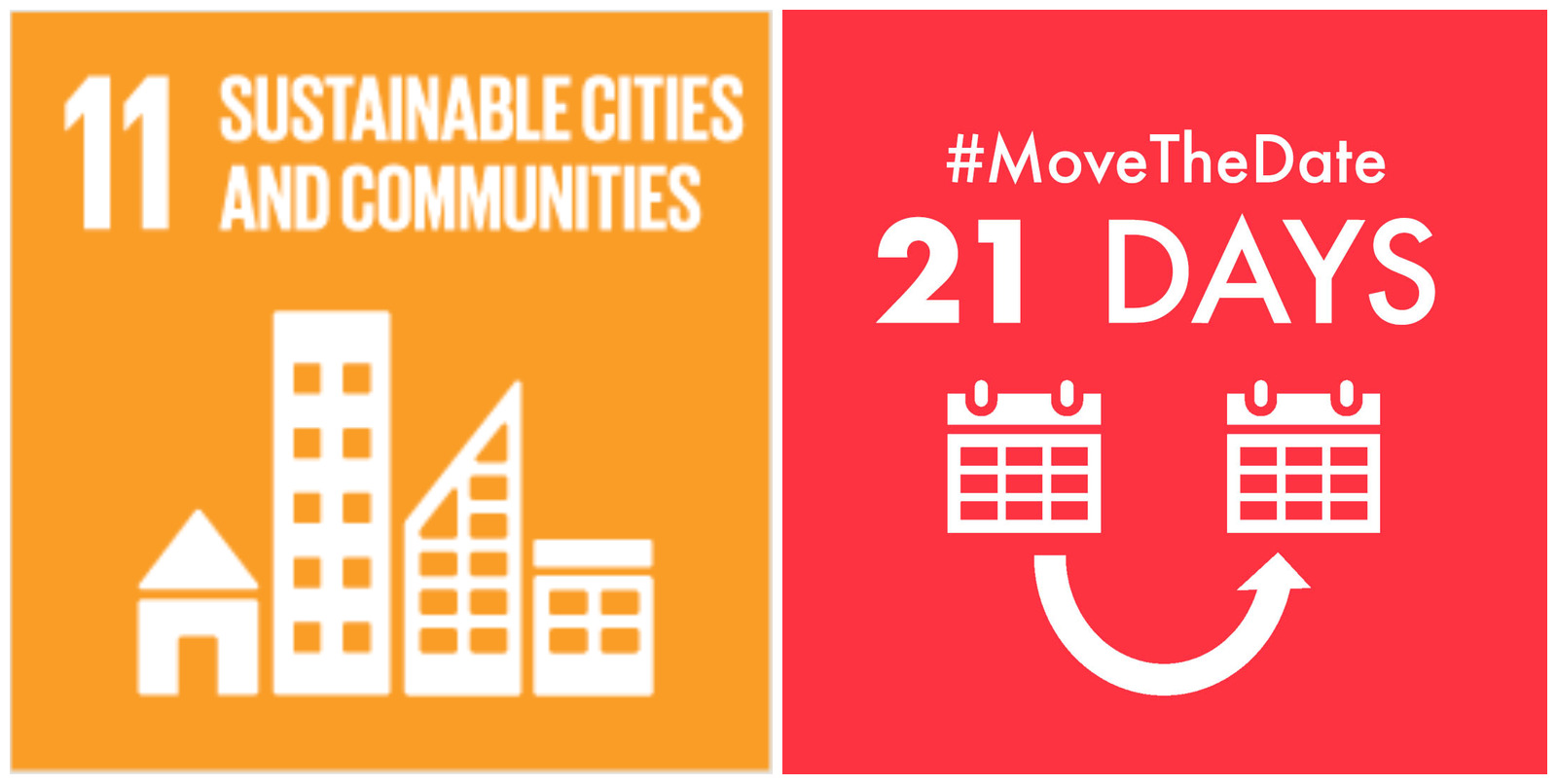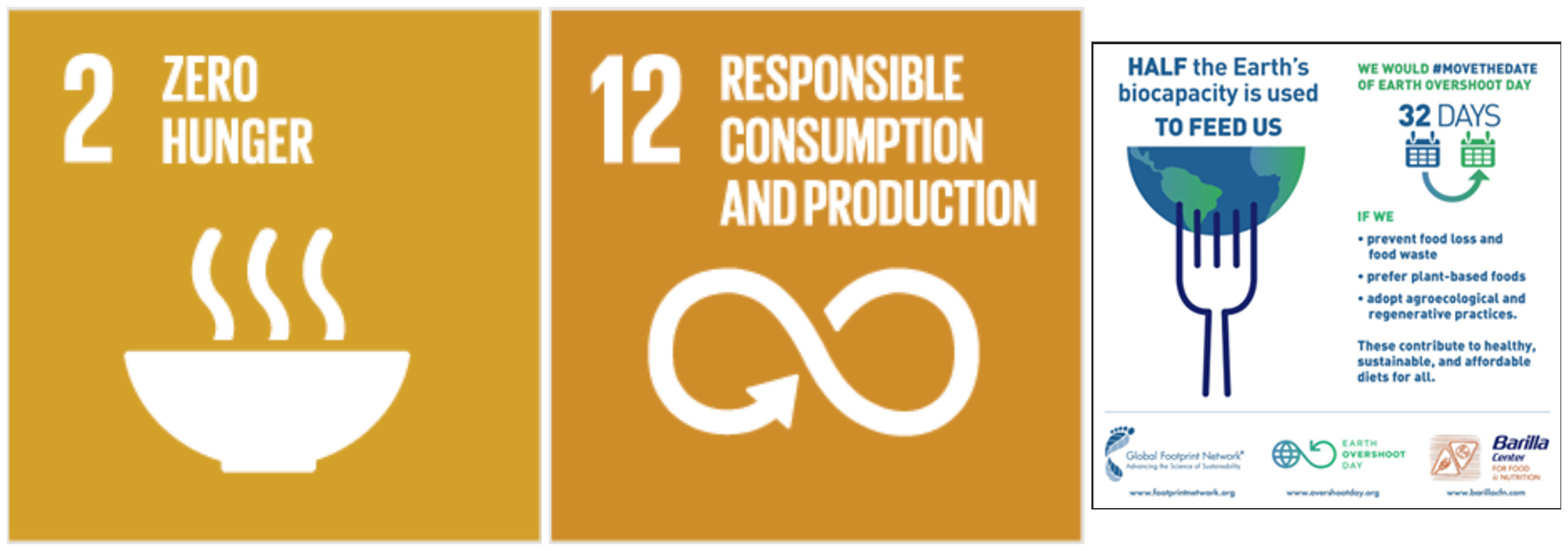
1440
TotalViews
July 24 marks Earth Overshoot Day 2025, the date when humanity’s demand from nature exceeds what our ecosystems can regenerate to restore natural capital and environmental health that support its population, leading to dangerous climate disruption, biodiversity loss, and resource depletion.
This means the Earth is heading towards an existential burnout of its “ecosystem services” which includes breathable air, sources of freshwater and water filtration, soil generation, regulation of climate and extreme weather, nutrient availability for food, medicines and more. Earth won’t be able to provide what it has been providing now, unless we give it a chance to recover.
Given the massive overuse of biological resources, our economies are now limited by the availability of Earth’s “biocapacity” which refers to the capacity of ecosystems to regenerate resources and absorb waste, effectively measuring nature’s ability to provide for human needs. According to the Global Footprint Network, it essentially quantifies the planet’s or a specific region’s ability to renew biological materials like food and timber, and to absorb waste like carbon dioxide, according to the Global Footprint Network.

PAST OVERSHOOTS
We are all aware that our quality of life, our health and our survival is dependent on the health of our planet’s biological resources and natural ecosystems.
Yet since 1971, when the first Earth Overshoot Day took place on Dec. 25th, the date for Earth Overshoot Day occurred earlier every year as humanity increasingly deplete our resources and accumulate waste, primarily carbon dioxide in the atmosphere.
After over 50 years of overshooting the Earth’s capacity, the damage is accumulating and compounding, year after year. In 2024, Earth Overshoot Day was on August 1st. For all EU countries, Overshoot Day took place before July in 2025.
SOLUTIONS TO MOVE THE DATE
The Global Footprint Network (GFN) highlight solutions that can build resilience and are ready to be deployed at scale to improve our resource security in five key areas – healthy planet, cities, energy, population and food.
1. THE PLANET SOLUTION – How we help nature thrive
Humanity’s quality of life — survival even — is dependent on the health of our planet’s biological resources or “web of life.”
Fertile soil, clean water, and clean air are necessary to provide humanity with the food and physical health we require to thrive. Vibrant natural ecosystems such as oceans and forests are indispensable to keep our planet livable, for example, by regulating the climate and absorbing carbon emissions- They also help keep humans psychologically and spiritually-grounded.
Our economies are now limited by the availability of Earth’s biocapacity. To ensure we have a healthy planet that can support us now and in the future, requires reducing human demand and maintaining our planet’s life-support system. The good news is, solutions already exist to boost the health of our ecosystems, and in turn, the planet’s capacity to regenerate biological resources.
Healthy biosphere interventions that are creative, economically viable, and ready to deploy at scale can build resilience. They fall into three main categories:
– Classical conservation: Efforts to protect and preserve wild spaces, particularly biodiversity hotspots. E.O. Wilson suggests that it would take half of the planet’s biocapacity to secure about 85% of biodiversity. Many organizations have supported such conservation efforts, including WWF who has worked on strengthening countries’ and regions’ park systems, and other organizations who have secured conservation easements on private and public properties.
– Restoration: Many ecosystems have been overused and need to be restored. For example, forests converted to raise cattle in the province of Guanacaste in Costa Rica has led to land deterioration. With restoration, some of that land is now being reforested. Similar efforts have been made around the world, from China to Ethiopia. Reforestation of tropical forests and mangroves has the triple benefit of increasing biodiversity, sequestering carbon dioxide, and acting as flood barriers during hurricanes for coastal urban areas in the tropics and sub tropics. Trees have been the focus of the youth organization Plant for the Planet leading to their ambitious One Trillion Trees campaign.
– Regenerative agriculture and sustainable fishing: To keep feeding humanity, we need to find ways of farming that maintain soil-productivity, groundwater levels, water cycles, and genetic diversity, while avoiding contamination. Regeneration is becoming an international movement and there are growing numbers of exciting examples, such as this one in Patagonia. Sustainable fishing is another aspect. It supports overall ocean health, and helps ensure that the ocean continues to provide for generations to come (approx. 3 billion people rely on seafood as their primary source of protein, especially in low-income countries). A healthy ocean also needs acidification to be slowed by controlling carbon emissions, since the ocean currently absorbs 30% of our carbon emissions.
These solutions align with the UN Sustainable Development Goals (SDGs) 14 and 15 which call to conserve and sustainably use marine resources, and protect, restore and promote the sustainable use of terrestrial ecosystems, respectively. To be sustainable, development ultimately must also fit within our planet’s resource budget.

2. The Cities Solution – How we design and manage cities
Sustainability will be won, or lost, in cities. Between 70% and 80% of all people are expected to live in urban areas by 2050. Consequently, smart city planning and urban development strategies are instrumental to making sure there is enough biological regeneration to avoid excessive human demand that would erode it.
See the Power of Possibility for how many days city interventions can #MoveTheDate of Earth Overshoot Day. Examples include energy-efficient buildings, integrated zoning, compact cities, and effective options for people-powered and public transportation. They’re creative, economically viable, and ready to deploy at scale. With them, we can make ourselves more resilient. If we move the date 6 days each year, humanity can be out of overshoot before 2050.
UN Sustainable Development Goal 11 Sustainable Cities and Communities features several 2030 targets, including reducing the adverse per capita environmental impact of cities, providing access to safe, affordable, accessible and sustainable transport systems for all, notably by expanding public transport, and enhancing inclusive and sustainable urbanization and capacity for participatory, integrated and sustainable human settlement planning and management in all countries.
To be sustainable, development ultimately must also fit within our planet’s resource budget.
Transportation, in particular, city planning can play a major role in shaping our need for cars. It matters because personal mobility makes up 17% of humanity’s Carbon Footprint.

3. The Energy Solution – How we power ourselves
Carbon Footprint is 60% of the economy our best possible chance to address climate change, but it would also vastly improve the balance between our Ecological Footprint and the planet’s renewable resources. Over 150 years ago, the carbon Footprint of humanity was close to zero. If we want to limit the global temperature increase to below 2°C, the Carbon Footprint would have to be zero again before 2050.
Phasing out fossil fuels is technically possible. Most recently, it has even gained prominence as a necessary strategy to improve countries’ energy self-reliance in times of geopolitical turmoil. Last but not least, this strategy is financially beneficial. It even leads to business differentiating advantages and opportunities.
Check out the Power of Possibility platform and see by how many days energy solutions can #MoveTheDate of Earth Overshoot Day. These solutions are creative, economically viable, and ready to deploy at scale. With them, we can make ourselves more resilient. If we move the date 6 days each year, humanity can be out of overshoot before 2050.
This aligns with the UN Sustainable Development Goal 7 Affordable and Clean Energy, which calls for substantially increasing the share of renewable energy in the global energy mix by 2030. To be sustainable, development ultimately must also fit within our planet’s resource budget.

4. The Food Solution – How we feed ourselves
Half of Earth‘s biocapacity is used to feed us.
Two major issues when addressing food sufficiency, malnutrition, and hunger (UN Sustainable Development Goal 2) are:
– Resource inefficiency in food production
Animal calories are significantly more resource intensive than plant calories to produce. Current agriculture is also fossil fuel intensive. For example, it takes 5 calories of fossil fuelin Belgium to provide one calorie of meat.
– Food waste
About one third of the food produced in the world for human consumption — 1.3 billion tonnes every year — gets lost or wasted, with high and low-income countries dissipating roughly the same quantities of food, according to the UN Food and Agriculture Organisation.
The Power of Possibility shows there are many food interventions that can #MoveTheDate of Earth Overshoot Day. For example, reducing food waste, fostering short chain food systems, and tree intercropping, to name a few. They’re creative, economically viable, and ready to deploy at scale. With them, we can make ourselves more resilient. If we move the date 6 days each year, humanity can be out of overshoot before 2050.
One target of UN Sustainable Development Goal 12 Sustainable Consumption and Production is to halve per capita global food waste at the retail and consumer levels and reduce food losses along production and supply chains, including post-harvest losses, by 2030. If we cut food waste in half worldwide, we would move Overshoot Day by 13 days. To be sustainable, development ultimately must also fit within our planet’s resource budget.
Ever more countries also depend on food from abroad. Such global specialization in food production may lead to efficiencies, but it also can reduce resilience of food systems, particularly for countries that are both net-importing food and have low incomes. These countries are most vulnerable to food shocks.
 5. The Population Solution – How many of us there are
5. The Population Solution – How many of us there are
The United Nations projects that between 7.3 to 15.6 billion people will be living on Earth by 2100. Despite unevenness in our respective Footprints, as population increases, so does pressure on the planet. Powerful, people-positive solutions, such as empowering women and girls, are well known and promoted. And the social benefits are immediate and highly valuable in their own right. Ecological benefits manifest more slowly, yet the impact over time is massive.
However, population is a sensitive topic, full of taboos, prejudices, and a tragic, sordid history. The simple act of raising the topic may turn people off from the sustainability conversation altogether. At the same time, avoiding the population conversation does nothing to address one of the most significant contributors to humanity’s increasing demand on the planet.
Given the complexity of the population conversation and the care needed to appropriately address the related historical injustices, we believe it is important to hear directly from others. In particular, we want to highlight the voices of individuals who work in population-related fields or at the intersection of health and environment. Additionally, it was important to us that we included the voices of people who may or may not have children yet. Most of all, we wanted to elevate the voices of people who are part of groups that have been marginalized or targeted in the past.
Investing in smaller families through the empowerment of women is core to “SDG 5 Gender Equality” which calls for ending all forms of discrimination against all women and girls everywhere.
*NOTE: If we continued as now, we would be at 9.7 billion. This is the UN medium variant estimate. If each mother or father had on average 1.8 children (= 0.9 children per person), compared to 2.3 currently, and parenthood was delayed by 2 years, we’d be at 7.7 billion in 2050. You can play with other assumptions using this downloadable cohort model. Assuming humanity’s Ecological Footprint per capita stays at 2020 levels (2.47 gha per person), the difference in 2050 would be 49 days.

WHAT IS NATURE WORTH?
Many monetary assessments of our natural capital, also known as our life-support system, conclude that nature is not worth much. This process quantify the economic value of nature’s services and assets and helps to understand the economic contributions of ecosystems and inform decision-making about resource management and environmental policy.
Today, very little of the global GDP support those who manage and care for the planet. Farms, forests, parks, wetlands, lakes, and oceans all support life, yet they are also under enormous pressure. And without the life support system, nothing else is possible.

 Author: The NOW Team
Author: The NOW Team  Date: July 2025
Date: July 2025 



